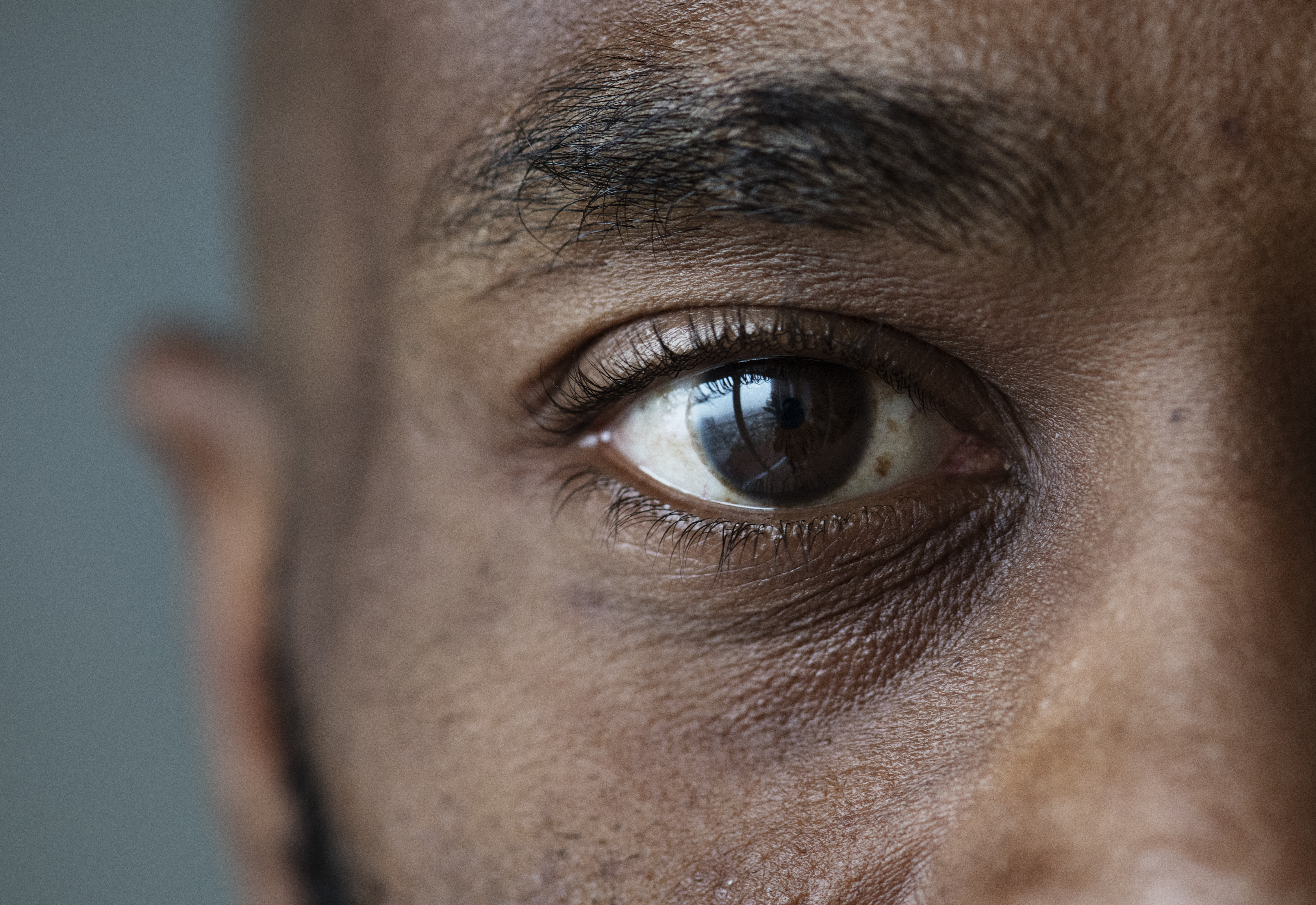Solar-powered eye implants may restore lost vision
Researchers have made an incredible breakthrough in the bid to create solar-powered eye implants that could help people with incurable eye diseases. The next-generation tech revolves around powering sensors and cameras in the eye using solar photovoltaic panels.
It’s a truly science-fiction solution, but one that could immensely improve the lives of people with vision-related diseases like retinitis pigmentosa (RP) and age-related macular degeneration (AMD). Both of these diseases affect the parts of the eye that help your eyes register images, and neither has a cure.
The idea of using neuroprosthetics to repair vision loss in people with RP and AMD isn’t new. However, scientists have struggled to come up with a good way to power the sensor chips that would be needed to pull off such a thing. But, if they use solar photovoltaic panels, those concerns could be a thing of the past, as solar-powered eye implants would be able to power themselves.
The nice thing about solar photovoltaic panels is that they generate electricity directly from the light that they take in. But you need more than just one solar cell to generate enough voltage to stimulate the neurons responsible for turning the light your eye registers into images that your brain can understand.
Using a tiny solar panel instead of a standard charging apparatus would remove the need for any tiny wires to go into the eye, which would make the device much less intrusive and noticeable. Of course, this solar-powered eye implant is still a proof-of-concept idea that has a long way to go before it is actually put in anyone’s eye.
But, the general idea does seem promising, especially in answering the question of how to power the implants. Thus far, the researchers told New Atlas that they have managed to put two solar cells on top of each other, providing some really good results for energy production. The idea is to continue stacking solar cells on top of each other to increase the efficiency of the cells together. This development, alongside testing of a bionic eye, could help transform how we treat eye diseases going forward.
Researchers have made an incredible breakthrough in the bid to create solar-powered eye implants that could help people with incurable eye diseases. The next-generation tech revolves around powering sensors and cameras in the eye using solar photovoltaic panels.
It’s a truly science-fiction solution, but one that could immensely improve the lives of people with vision-related diseases like retinitis pigmentosa (RP) and age-related macular degeneration (AMD). Both of these diseases affect the parts of the eye that help your eyes register images, and neither has a cure.
The idea of using neuroprosthetics to repair vision loss in people with RP and AMD isn’t new. However, scientists have struggled to come up with a good way to power the sensor chips that would be needed to pull off such a thing. But, if they use solar photovoltaic panels, those concerns could be a thing of the past, as solar-powered eye implants would be able to power themselves.

The nice thing about solar photovoltaic panels is that they generate electricity directly from the light that they take in. But you need more than just one solar cell to generate enough voltage to stimulate the neurons responsible for turning the light your eye registers into images that your brain can understand.
Using a tiny solar panel instead of a standard charging apparatus would remove the need for any tiny wires to go into the eye, which would make the device much less intrusive and noticeable. Of course, this solar-powered eye implant is still a proof-of-concept idea that has a long way to go before it is actually put in anyone’s eye.
But, the general idea does seem promising, especially in answering the question of how to power the implants. Thus far, the researchers told New Atlas that they have managed to put two solar cells on top of each other, providing some really good results for energy production. The idea is to continue stacking solar cells on top of each other to increase the efficiency of the cells together. This development, alongside testing of a bionic eye, could help transform how we treat eye diseases going forward.
